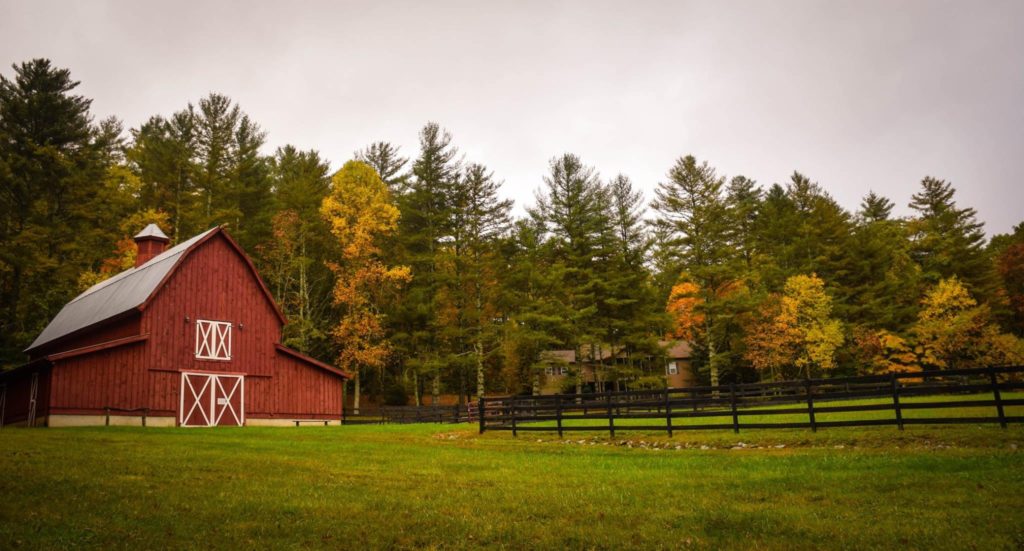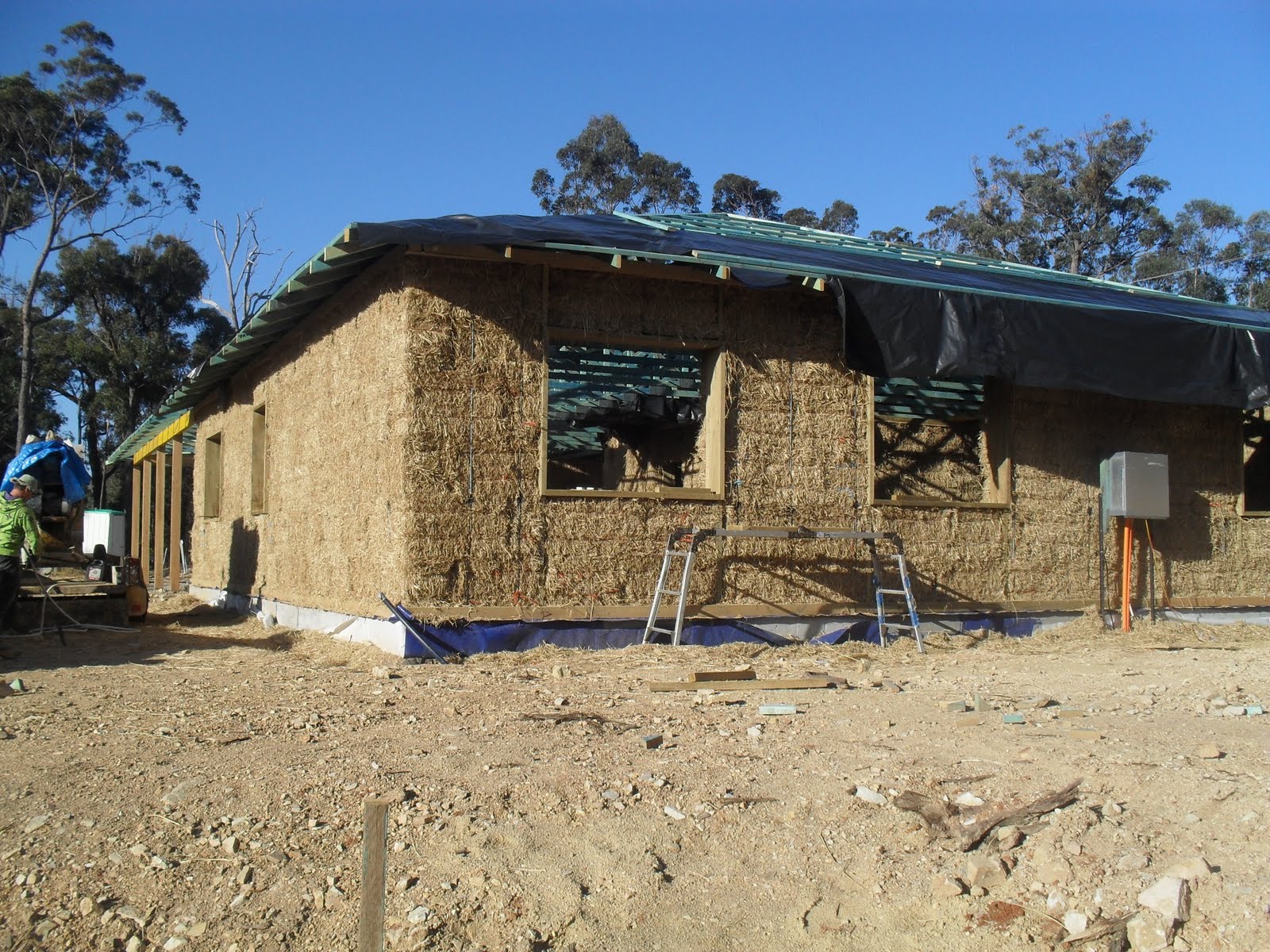
I myself have studied abroad before, but what I actually did was what is called a farmstay. The farmstay I did is actually quite attractive because it allows you to stay and live in Los Angeles. For today’s post, I want to introduce this farmstay, as well as go in depth about why it is such a good option.
But first of all, there are probably a lot of people wondering just what exactly a farmstay is, so let’s clarify that first.
Just What Exactly is a Farmstay?

A farmstay is a type of homestay where you basically live and help out on a farm and live the lifestyle of a farmer abroad. The most common pattern is that in exchange for working on the farm for about 6-8 hours, you get a place to stay and food provided for you.
It's not illegal labor because you don't get money for labor. If you get paid, you will be illegally worked, so please be careful.
The GREAT Things About Doing a Farmstay in Los Angeles
- Can live a healthy lifestyle.
- Overall cost is cheap.
- Can pick up lots of survival English and some Spanish.
Healthy Living with a Farmstay

One of the great things about doing a farmstay would have to be seeing the home cooked food using the fresh vegetables you helped grow on your dinner table. Los Angeles has a Mediterranean-esque climate, so many different types of vegetables are grown there.
Probably the most well-known vegetables grown in Los Angeles are tomatoes, onions, spinach, cucumbers, and the like. As for vegetables that are not really found in Japan, you can find butternut squash, artichokes, and chads.
Butternut Squash
A relative of the pumpkin that is also shaped like a gourd, it tastes similar to a pumpkin, but is just a bit sweeter. Most people put it in soup.
Chad
A vegetable with a unique shape that looks like a long, skinny fan from a Chinese movie. It tastes somewhat like Japanese mustard spinach, but since it has a high amount of salt you can just stir fry it and eat it that way.
Artichokes
A vegetable that grows in thistles usually. While you can steam cook it and eat it that way, even with a large size artichoke it’s common to eat it in one bite. The size of it is enough to do so.
It kind of tastes like a potato, so it is common to use it to make dips. In Japan, artichokes can only be found in expensive grocery stores, but through a farmstay you would be able to potentially grow it on your own!
Opening Up Your Mind to Vegetarianism
While it is normal to eat meat or fish with the vegetables you grow on a farm stay, the family I stayed with for my farmstay were actually vegan!
While vegetarians do eat dairy products, vegans actually do not eat anything that comes from animals! Because of that, I only ate vegetables during my farmstay.
A dish I like in particular is stir-fried kale and green garlic. While kale is quite famous as an ingredient in the Japanese dish aojiru, green garlic is a bit less known. It is the part of the stem of the garlic plant that is ready to be picked about two to thirty days after the garlic is planted and before it takes a spherical shape.
Things I Learned From Becoming a Vegetarian
For the first half of the year I stayed, I ate nothing but vegetables. I was a bit surprised, but actually I was totally fine with it. It seemed farming was a kind of exercise as well. Because I also ate so many vegetables, my body felt overall very light and easy to move, and I did not get sick at all during my farm stay.
I was a vegetarian before my daughter was born as well, but I really think my time as a vegetarian on the farm was the healthiest time of my life.
Many people gain weight when they come to America, but during my farmstay I did not gain a single kilogram.
There are many health-conscious and nutrition oriented people in Los Angeles, and for people working on organic farms, it is very easy to live a healthy lifestyle.
A Typical Farmstay Schedule

Here is the actual, real schedule I had when I did my farmstay.
6:15 Eat Breakfast (Mostly fruit)
7:00 Morning Farming (Harvesting, Weeding, Field Plowing)
12:00 Lunch (Vegetables straight from the field or chips)
13:00 Afternoon Farming (Vegetable check and adjustment, seed-making, weeding)
17:00 Farmwork Ends/Shower
18:00 Dinner (Salad, Boiled Vegetables)
19:00 Free time
21:00 Sleep
Since I followed this schedule pretty well and stuck with it, I was pretty healthy the whole time!
How Working for Food and a Place to Stay Leads to an Overall Cheap Price and Great Value

Another great part of doing a farmstay is that in exchange for working you get a place to stay and meals provided for you. Receiving a salary for your work in this situation is illegal due to visa limitations, but providing you with food and a place to stay is not a problem.
The place I stayed out was a place made out of straw known as Strobeil House. Electricity came from solar panels, and the toilet was inside a forest right next-door.
The hosts of my farmstay told me I could eat anything I liked that was on the farm, so I used vegetables from the farm to make salad and soup.
There was no fee to pay for staying there, and I did not have to pay anything for food. With all the money I had saved I was able to go to a language school. So in the mornings I would do all the farmwork I could, then head to language school in the afternoon.
Currently, the cheapest rent available for someone who wants to live alone in Los Angeles would probably be around one thousand dollars or so. Then you have to look at food costs too, which at its cheapest would be around three hundred dollars.
The money I saved from not having to pay rent or food costs totaled to be around the same price as attending a language school, so I didn’t have to cut corners or costs when choosing a language school.
Picking Up Survival English and Spanish

Through a farmstay, you can learn English through your daily life on a farmstay by talking to other people. For example, I learned “You wanna weed this row.” on my farmstay.
This phrase has a clear meaning in English, but when I first heard it I had no idea what it meant.
I tried directly translating it, which popped out the meaning “I want this row of grass” and found myself super confused! But when I saw the person next to me get told the same thing and then proceed to start cutting weeds, I realized what I had to do.
For Japanese people, “Can you weed?” and “Please weed.” might sound like strong orders. But by using you “You wanna…” it makes the request a little bit more softer. This is something I never learned at school.
During a farmstay, there are sure to be many words and phrases that you do not understand, but it is easy to see and understand their meaning since you are really there in the situation where the phrases are used. Due to being in an English-only environment from the moment you wake up until you lay yourself down to sleep, you pick up a lot of necessary English very fast.
Furthermore, Los Angeles has a large population of Mexican immigrants. A lot of these immigrants work in agriculture, and in fact on my farmstay, most workers were Mexican (aside from myself, the owner, their family, and the manager.)
For someone like me who was totally new to learning English, I was able to learn a lot of English from them. And though most of our conversation was in English, I also learned a lot of Spanish as well.
Many Mexican people live in Los Angeles, so the Spanish I learned during my farmstay is often very convenient and comes in handy during my daily life here in LA!
Summary

When you do a farmstay in Los Angeles, you live a super healthy lifestyle, learn English, and pick up a lot of Spanish! And on top of that you save so much money on food and living costs that you can use it to attend a language school instead, which is definitely something to be happy about.
With all of this in mind, it definitely seems like a farmstay is a great alternative to the typical language school path that many people choose when studying abroad, don’t you think?
5/15/19



